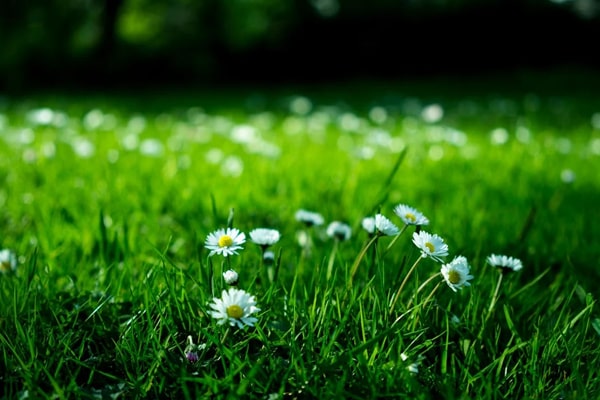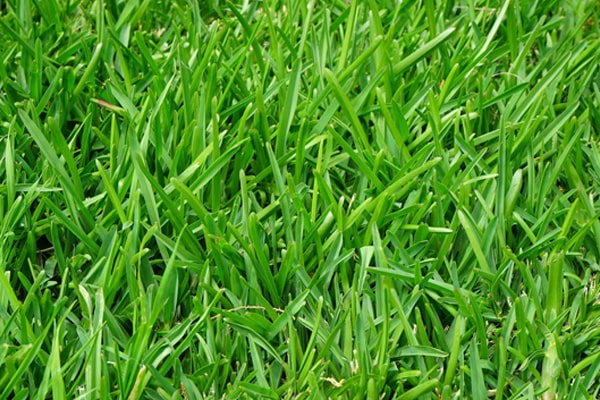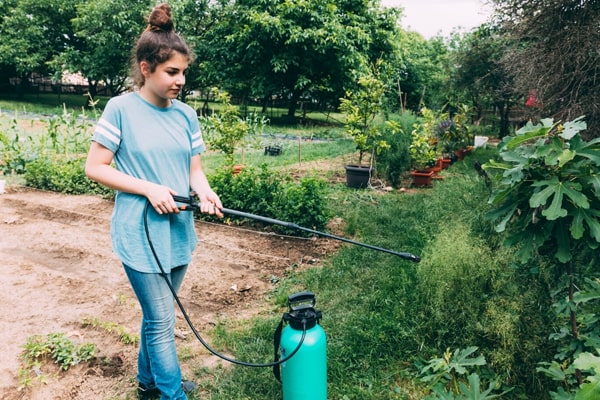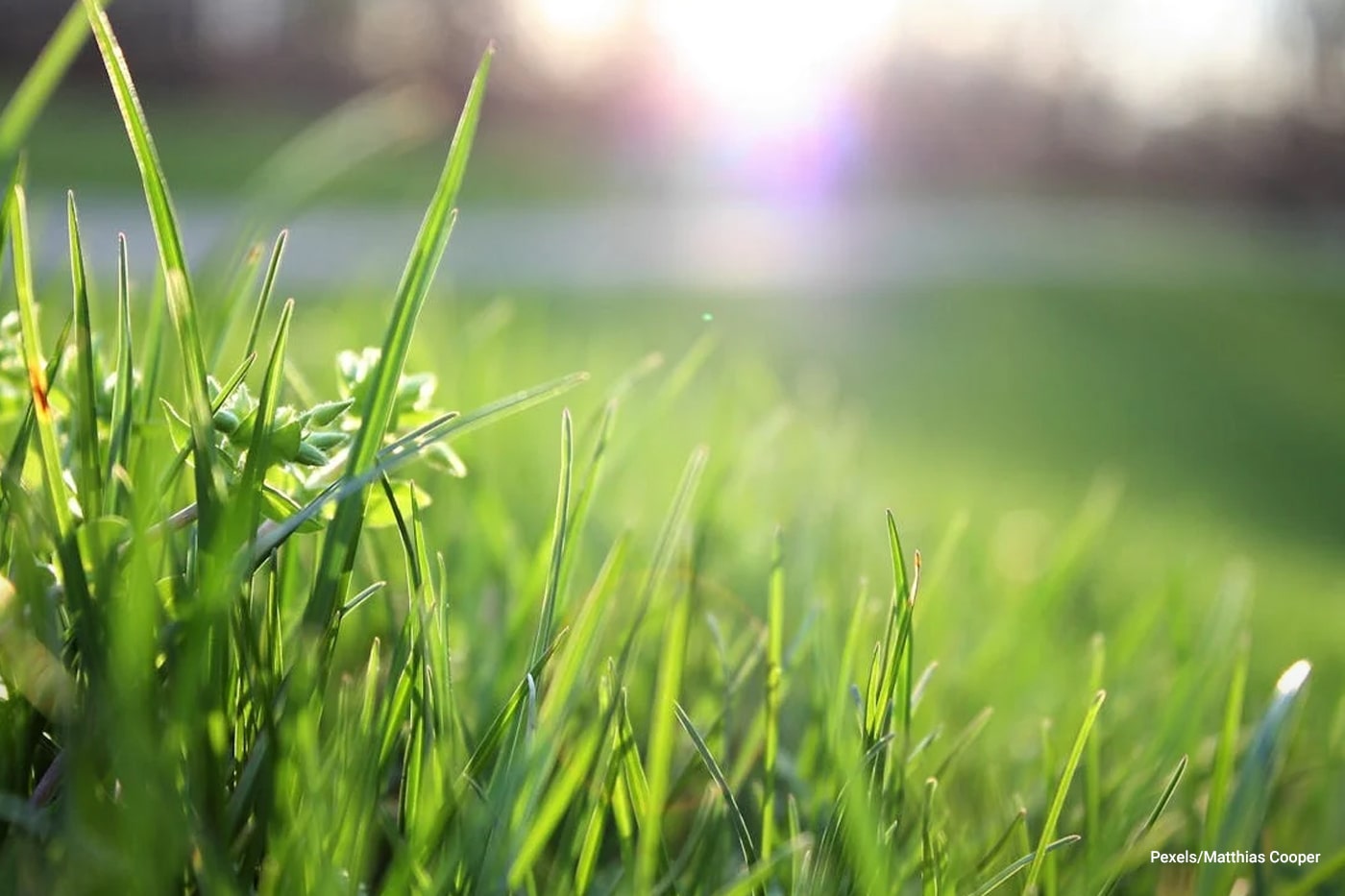Making mistakes when ridding the garden of weeds is inevitable, especially if they keep coming back and you’re out of ideas. But some mistakes will have lasting effects on your garden.
Eliminating weeds in the garden may be a chore, but with the right strategy, there’s no need to spend another weekend pulling weeds. In this guide, we are outlining common weeding mistakes and how to avoid them.
Contents []
6 Common Weed Control Mistakes and How to Avoid Them

There are common weed control mistakes that gardeners and homeowners should be aware of and avoid. And by implementing effective weed control strategies, you can maintain a healthier and more attractive landscape.
Confusing Weeds With Plants You Want To Keep
Confusing weeds with plants you want to keep is a common mistake if you’re new and still learning about the different plants that grow in your garden. It happens when you accidentally pull out or damage plants you intend to keep because they look similar to the growing weeds.
Solution: To avoid this rookie mistake, learn more about different plants that grow in your garden. Knowing what your desired plants look like at various stages of growth will help you distinguish them from weeds more easily. You can use plant identification guides or smartphone apps to help you identify your plants accurately.
Use markers or labels to identify your desired plants, especially if they’re small or have yet to fully grow. This will help you avoid accidentally pulling them out while weeding.
Also, take a more targeted approach instead of pulling out weeds indiscriminately. Carefully inspect each plant before removing it, and make sure it’s a weed and not one of your desired plants. Use tools like a trowel or hand weeder to carefully remove weeds without disturbing nearby plants.
Finally, stay on top of weed control by regularly inspecting your garden or yard for weeds. Pull them out as soon as you spot them before they have a chance to spread and compete with your desired plants for resources.
Not Pulling the Entire Root
This happens when you only remove the top part of a weed without getting rid of its entire root system.
The problem with not pulling the entire root system so far is that the weeds can regrow. Even with a little bit of root left in the soil, weeds can still grow in a matter of weeks.
If you don’t remove the entire root, the weed can quickly grow back, undoing your efforts to control it. This can be frustrating and time-consuming, as you’ll need to repeatedly remove the same weeds.
Solution: To make sure you’ll pull the entire root, use a tool like a hand trowel or a weeding tool with a deep-reaching tip to dig out the whole root system. Dig around the base of the weed and loosen the soil to make it easier to remove the entire root. Pull the weed gently but firmly, ensuring you get the entire root system, including any lateral roots.
Another method to ensure you remove the entire root is to water the area thoroughly before weeding. This softens the soil and makes pulling out the whole root easier without breaking it. Additionally, weeding after rainfall can make removing weeds along with their roots easier.
Being thorough in your weeding efforts and ensuring you remove the entire root system effectively controls weeds and prevents them from returning. Remember to regularly inspect your garden or yard for weeds and address them promptly to maintain a weed-free environment.
Letting Weeds Go to Seed

Letting weeds go to seed will only help weeds overwhelm the garden. You must be proactive and regularly inspect your garden or yard for weeds then take swift action.
When weeds are allowed to go to seed, they release seeds into the surrounding soil, creating a seed bank that can lead to future weed infestations. These seeds can remain dormant in the soil for a long time and germinate when conditions are favorable, resulting in more weeds in your garden or yard.
Allowing weeds to go to seed increases the weed population in your garden or yard. Each weed plant can produce hundreds or even thousands of seeds, which explains why they keep coming back. This can make controlling weeds and maintaining a healthy garden or yard more challenging.
Solution: To avoid letting weeds go to seed, check for new growths regularly. Regularly inspect your garden or yard for weeds and remove them promptly before they can produce seeds. Use hand tools like a trowel or a weeding tool to remove weeds along with their roots to prevent regrowth.
Another method to prevent weeds from going to seed is to apply mulch to your garden or yard. Mulch acts as a barrier, blocking sunlight and preventing weed seeds from germinating. Additionally, it helps retain moisture in the soil and suppress weed growth, making it easier to maintain a weed-free environment.
Excessive Soil Disturbance
Going overboard with the tilling can happen if the weeds in the garden are out of control or if you are using hard-to-control tools. But the problem with disturbing the soil is it loses its structure.
If the soil structure is less than ideal, it can affect the beneficial organisms living in it. These organisms, like earthworms and microbes, play essential roles in maintaining soil health and fertility. When the soil is disturbed, it can take time for these organisms to recover, leading to imbalances in the soil ecosystem.
Disturbing the soil can also bring buried weed seeds to the surface, where they can germinate and grow. This can increase weed populations and make it more challenging to control weeds in your garden or yard.
Excessive soil disturbance can also contribute to soil erosion, especially in areas with sloping terrain or loose soil. When the soil is disturbed, it becomes more susceptible to erosion by wind and water, leading to soil fertility loss and landscape degradation.
Solution: To avoid disturbing the soil while weeding, use hand tools like a trowel or a hand weeder to remove weeds without excessively disrupting the soil. Take care to loosen the soil around the base of the weeds without disturbing the surrounding soil too much. If using machinery, such as a rototiller, use it sparingly and avoid over-tilling the soil.
Using weed control landscape fabric is another way to control weeds without disturbing the soil. Installing landscape fabric will inhibit weed seeds from germinating. You can add a layer of mulch on top of the landscape fabric to create an even more protective barrier against weeds.
Spraying When It’s Windy
Using herbicides? Being mindful of wind conditions and choosing appropriate times for spraying herbicides helps effectively control weeds while minimizing environmental impact and health risks.
If you are not getting the timing right, the wind could carry the spray particles away from the intended target area. This can result in the herbicide landing on nearby plants you don’t want to kill, causing unintended damage.
Spraying herbicides when it’s windy can also lead to environmental contamination. The herbicide particles carried by the wind can drift onto nearby surfaces, such as water bodies or neighboring properties, harming aquatic life or other plants.
Don’t forget that wind-blown herbicide particles can also pose health risks to humans and animals. Inhaling or coming into contact with herbicide spray can cause respiratory irritation or other health problems.
Solution: To avoid the mistake of spraying when it’s windy, check the weather forecast before applying herbicides or other weed control solutions. Choose a day with calm or minimal wind conditions to ensure the spray stays on target and doesn’t drift onto unintended areas.
Instead of relying solely on chemical herbicides, consider using alternative weed control methods that are less affected by wind conditions. Hand weeding, mulching, installing landscape fabric, or using natural weed control solutions like vinegar or boiling water can be effective alternatives that don’t rely on spraying.
If you must spray herbicides, try to do it when the wind is calm, such as early in the morning or late in the evening. This reduces the risk of drift and minimizes the potential for unintended damage.
Forgetting about Chemical Runoff

When you spray chemical herbicides or pesticides on your garden or yard, rainwater or irrigation can wash the chemicals off the plants and into nearby water sources, like rivers, streams, or groundwater. This runoff can contaminate the water and harm aquatic life, including fish, insects, and amphibians.
Chemical runoff can also leach into the soil, where it can accumulate over time and negatively impact soil health and fertility. This can lead to decreased soil quality and productivity, making it more challenging to grow healthy plants in the future.
On top of all that, chemical runoff can pose health risks to humans and animals. Exposure to contaminated water or soil can lead to adverse health effects, such as skin irritation, respiratory problems, or even long-term health issues like cancer.
Solution: To avoid forgetting about chemical runoff, choose alternative weed control methods that do not wash away so easily. Consider using organic or natural weed control solutions, such as hand weeding, mulching, or using vinegar or boiling water.
If you must use chemical herbicides or pesticides, follow the manufacturer’s instructions carefully and apply them sparingly. Avoid spraying near water sources or on windy days when runoff is more likely to happen.
Additionally, consider using “environmentally friendly” or “low toxicity” products to minimize the risk of harm to the environment and wildlife.
Finally, we suggest creating buffer zones between treated areas and water sources to help reduce the risk of chemical runoff. Planting vegetation or using physical barriers like rocks or mulch can help prevent chemicals from reaching nearby water bodies.
When it comes to controlling weeds, always be mindful of the way you apply any weed control methods. This goes especially if you use herbicides – mistakes can be fatal to your precious plants.
Whatever weed control methods you choose, remember to prioritize the health of your garden, the surrounding ecosystem, and yourself.



